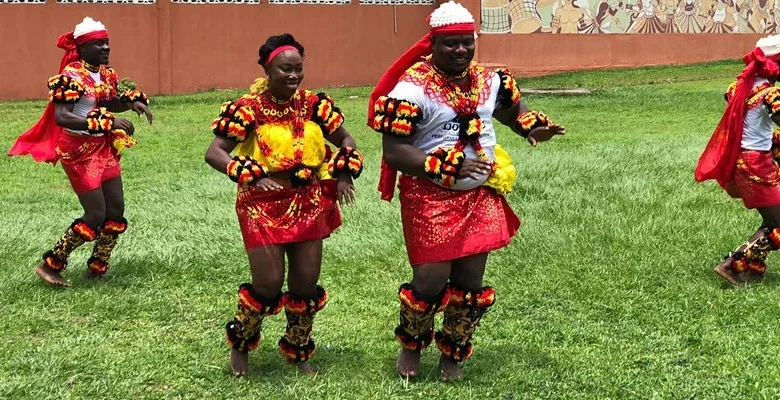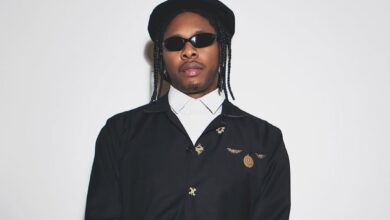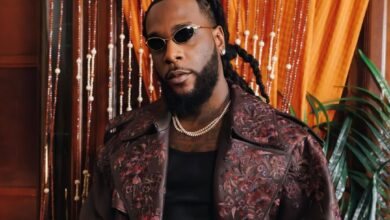Nigeria’s Best Traditional Dancers

Nigeria, with its diverse ethnic groups and rich cultural tapestry, boasts a vibrant tradition of dance that reflects the country’s history, beliefs, and social practices. Traditional dance forms not only entertain but also serve as powerful expressions of identity and community. Here, we explore some of Nigeria’s most celebrated traditional dancers, each representing a unique facet of the nation’s cultural heritage:
1. Ekombi Dance (Efik/Ibibio)
Originating from the Efik and Ibibio people of southeastern Nigeria, the Ekombi dance is a lively and rhythmic performance characterized by graceful movements and vibrant music. Often performed during festivals and social gatherings, Ekombi dancers wear colorful attire adorned with beads and feathers, adding to the visual spectacle. The dance typically tells stories of historical events, community celebrations, or spiritual rituals, making it a cherished part of Efik and Ibibio cultural identity.
2. Bata Dance (Yoruba)
The Bata dance is a prominent feature of Yoruba culture, particularly among the Yoruba people of southwestern Nigeria. It involves the rhythmic interplay between drummers and dancers, with each drumbeat guiding specific movements and gestures. Dancers adorned in traditional Yoruba attire, including colorful gele (headgear) and agbada (robes), perform intricate steps that symbolize historical narratives, spiritual beliefs, or communal celebrations. The Bata dance is not only a form of entertainment but also a means of preserving Yoruba heritage and transmitting cultural knowledge through generations.
3. Masquerade Dances (Various Ethnic Groups)
Masquerade dances are prevalent across Nigeria, with each ethnic group showcasing distinctive masks, costumes, and dance styles. These dances often accompany festivals, rites of passage, or spiritual ceremonies, embodying ancestral spirits or mythological figures. For instance, the Eyo masquerade of Lagos represents the spirit of the ancestors and is characterized by elegant, synchronized movements and elaborate costumes adorned with coral beads and colorful fabrics. Similarly, the Igbo Mmanwu masquerades feature acrobatic displays and symbolic gestures that convey messages of community values and traditions.
4. Sharo/Shadi Dance (Fulani)
Among the Fulani people of northern Nigeria, the Sharo or Shadi dance is a unique cultural practice that combines dance with a traditional ritual of masculinity and endurance. During the Sharo festival, young Fulani men compete to prove their courage and resilience by enduring flogging without showing pain. The accompanying dance involves vigorous movements to the beat of drums, symbolizing strength, bravery, and communal unity within the Fulani society. The Sharo dance not only entertains but also reinforces cultural norms and values among the Fulani people.
5. Iria Dance (Ijaw)
The Iria dance is a ceremonial dance performed by the Ijaw people of the Niger Delta region, particularly during the initiation rites of young girls into womanhood. It is characterized by graceful movements accompanied by melodious songs and rhythmic drumming. The dance celebrates femininity, fertility, and the transition from adolescence to adulthood, symbolizing the importance of women in Ijaw society. Colorful costumes, including intricately beaded jewelry and traditional attire, add to the visual splendor of the Iria dance, making it a cherished cultural tradition among the Ijaw people.
Nigeria’s traditional dances serve as living expressions of cultural identity, history, and community values. They embody the diversity and resilience of Nigeria’s ethnic groups, celebrating the richness of their heritage through music, dance, and storytelling. Whether performed at festive occasions, spiritual ceremonies, or social gatherings, these dances continue to play a vital role in preserving and promoting Nigeria’s cultural legacy, inviting both locals and visitors to experience the beauty and vibrancy of Nigerian traditional arts.




